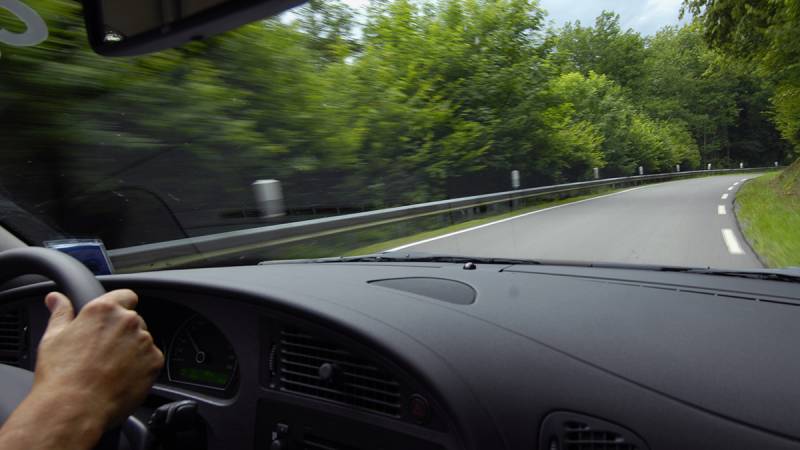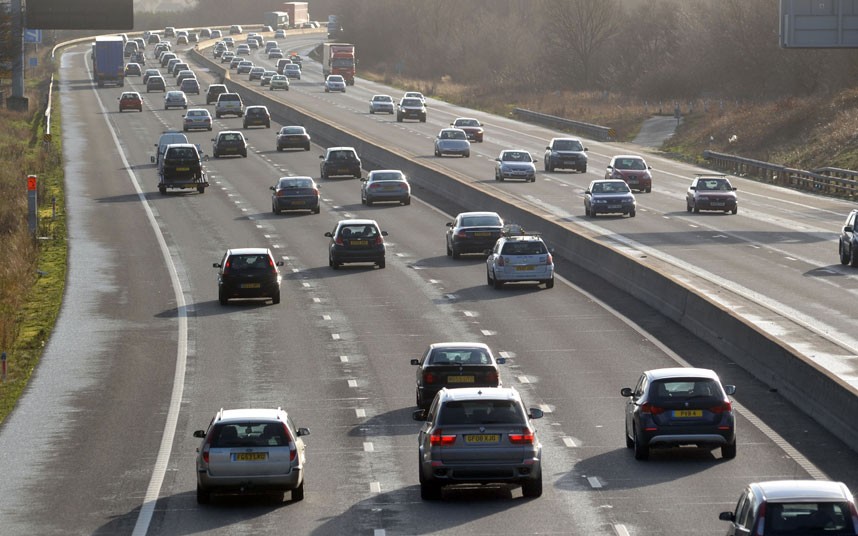
Kudos to the European Parliament who are not messing around about saving lives and reducing injury on European roads. Realizing that simply slowing speed on roads by one kilometer an hour would save 2,100 lives, the installation of intelligent speed assistance (ISA) in new vehicles is being mandated to all new purchased cars in the next three years.
The ISA does not brake the vehicle, but limits the top speed by throttling engine fuel. Speed sign recognition cameras and a GPS-driven speed limit data system inform the vehicle about traveled speed.
Carlton Reid in Forbes.com observes that even though this technology has existed since the early 20th century speed regulators on vehicles have never been adopted by governments. The use of ISA if universally applied can reduce deaths by 20 percent.
Currently the vehicles with this technology can shut it off.
The European proposal is that if a vehicle has an ISA system it must be used. No surprise that the automobile industry appears to be in direct opposition to the compulsory use of these devices when their marketing emphasizes speed and quickness.
“Members of the European Parliament’s Committee on Internal Market and Consumer Protection voted last week to approve a range of new vehicle safety standards including automatic detection of pedestrians and cyclists, and a new direct vision standard for lorries and buses to enable drivers to have a better view of other road users around their vehicles.”
While this technology is already being used by buses and trucks, the automobile industry has not been as regulated. The European Parliament is also requiring vehicular “black boxes” to record critical incidents before crashes.
In the United Kingdom (despite their low fatality rate of 2.9 per 100,000) crashes involving speed kill 1,200 people annually. By comparison Canada’s road fatality rate is double the United Kingdom’s at 6.0 and the United States’s fatality rate is triple at 9.7 per 100,000.
In the European Union 500 people die on roads a week. By limiting vehicular speed the E.U. has a “once in a generation opportunity to make a real difference.”

Images: acea.be & daily telegraph












Now if we could only implement similar technology to eliminate sirens. We haven’t advanced past shrieking monkeys in our ability to warn of danger. Imagine if the loudest sirens were just enough to warn pedestrians and cyclists a block away of approaching emergency vehicles and all MVs had internal warnings and screens to show their position and direction.
There is no excuse why these shouldn’t have been put in place two decades ago so all vehicles would have them by now.
It’s about time this was done. Some of us wondered how many dead and permanently crippled it would take before a responsible government took real action to reduce crash risk. The answer, it seems, is many millions. Better late than never I suppose.
And now we await the dystopian references to Orwell when the rest of the North American press gets wind of this.